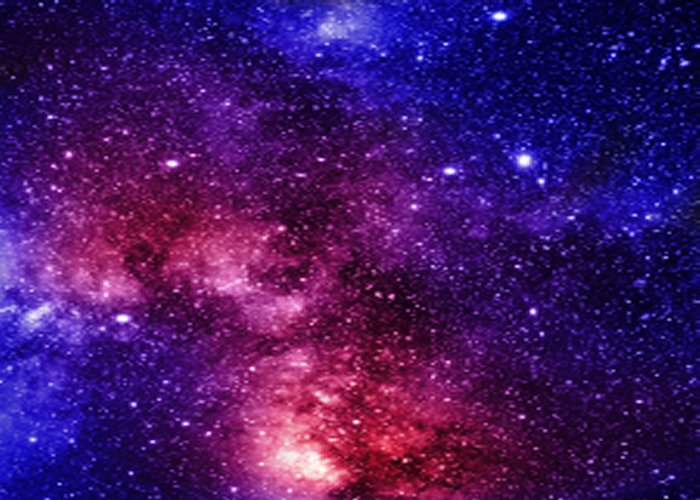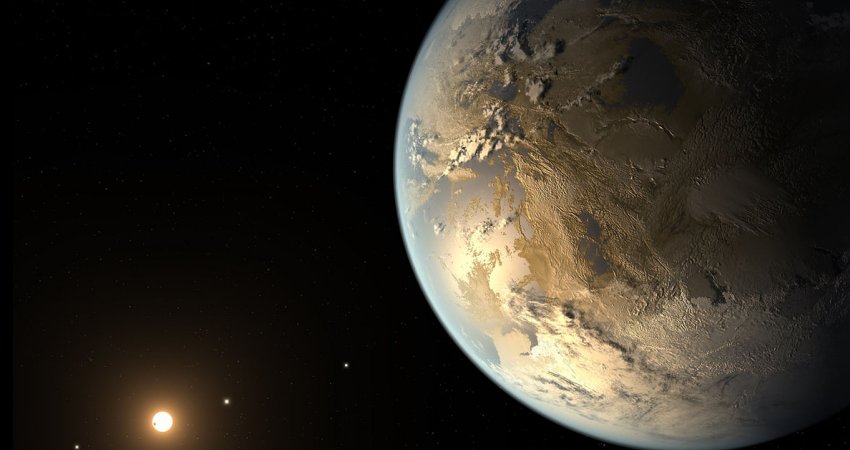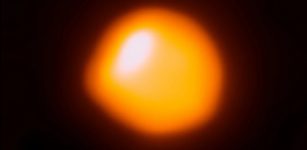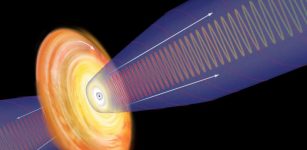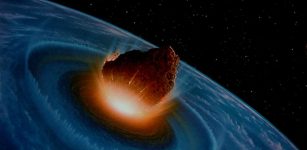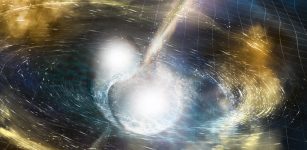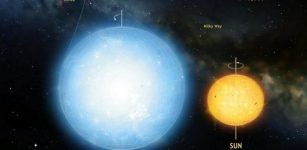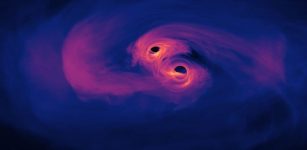Giant Disrupted ‘Tadpole’-Shaped Galaxy – Discovered
MessageToEagle.com – A disrupted galaxy resembling a giant tadpole, complete with an elliptical head and a long, straight tail, has been identified by astronomers from from Israel, the United States and Russia
The galaxy – located about 300 million light years away from Earth – is 1 million light-years long from end to end, 10 times longer than the Milky Way.
“We have found a giant, exceptional relic of a disrupted galaxy,” Dr. Noah Brosch of The Florence and George Wise Observatory at Tel Aviv University’s School of Physics and Astronomy, said in a press release.
When galaxies are disrupted and disappear, their stars are either incorporated into more massive galaxies or are ejected into intergalactic space.
“What makes this object extraordinary is that the tail alone is almost 500,000 light-years long,” says Prof. R. Michael Rich of UCLA. “If it were at the distance of the Andromeda galaxy, which is about 2.5 million light-years from Earth, it would reach a fifth of the way to our own Milky Way.”
According to the study, the giant “tadpole” was produced by the disruption of a small, previously invisible dwarf galaxy containing mostly stars. When the gravitational force of two visible galaxies pulled on stars in this vulnerable galaxy, the stars closer to the pair formed the “head” of the tadpole. Stars lingering in the victim galaxy formed the “tail.”
“The extragalactic tadpole contains a system of two very close ‘normal’ disk galaxies, each about 40,000 light-years across,” says Dr. Brosch. “Together with other nearby galaxies, the galaxies form a compact group.” The galaxy is part of a small group of galaxies called HCG098 that will merge into a single galaxy in the next billion years.
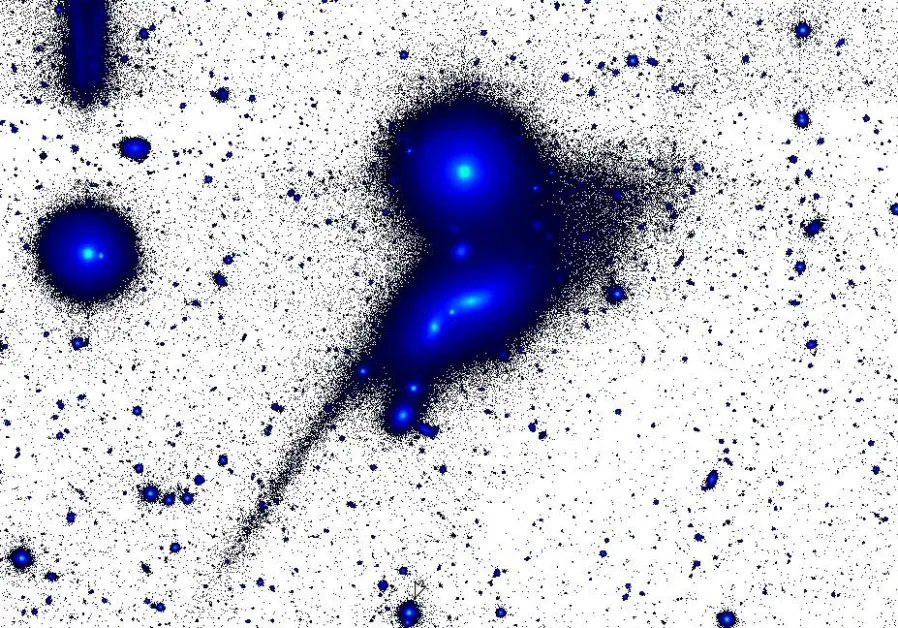
Such compact galaxy groups were identified in 1982 by astronomer Paul Hickson, who published a catalog of 100 such groups. The Hickson Compact Groups examine environments with high galaxy densities that are not at the core of a “cluster” of galaxies (clusters contain thousands of galaxies themselves). The “tadpole galaxy” is listed as No. 98 in the Hickson Compact Group catalog.
“In compact group environments, we believe we can study ‘clean’ examples of galaxy-galaxy interactions, learn how matter is transferred between the members, and how newly accreted matter can modify and influence galaxy growth and development,” says Dr. Brosch.
For the research, the scientists collected dozens of images of the targets, each exposed through a wide filter that selects red light while virtually eliminating extraneous light pollution.
“We used a relatively small, 70-cm telescope at the Wise Observatory and an identical telescope in UCLA, both of which were equipped with state-of-the-art CCD cameras,” says Dr. Brosch. The two telescopes are collaborating on a project called the Halos and Environments of Nearby Galaxies Survey.
MessageToEagle.com

